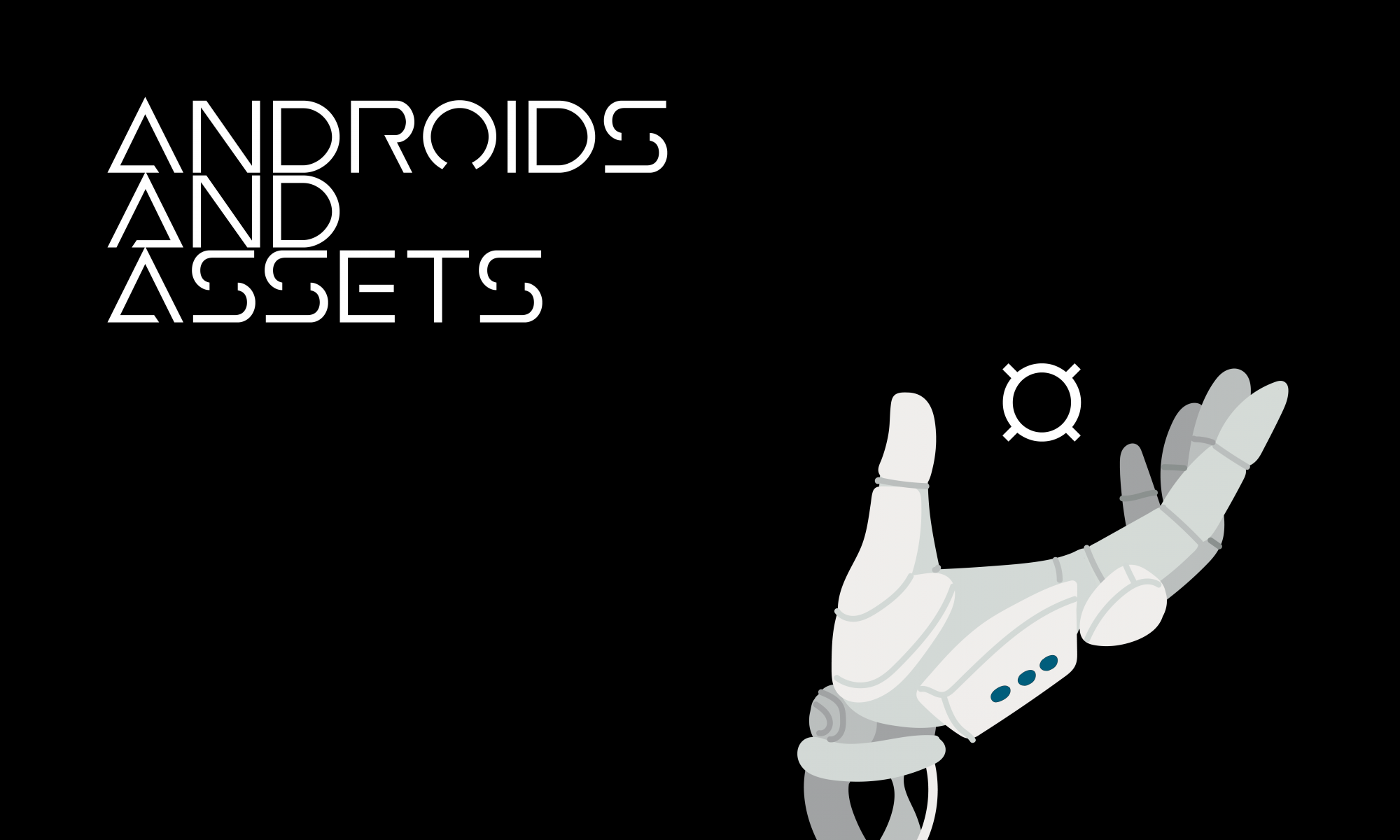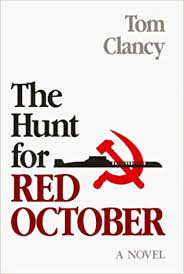In part one of this series we discussed the origins and significance of Tom Clancy. A big part of Tom Clancy’s success was his ability to write fictional justification for aspirational problems that the Pentagon and the national security apparatus had. Clancy was saying the things that the Navy wanted to hear because they justified ongoing hostility with the Soviet Union which in turn justified ongoing expansion of capital purchases for weaponry, vehicles and other systems. It also justified the ongoing existence of the extremely murderous and disreputable Operations branch of the CIA that was exposed in the Senate’s Church Committee.
The Hunt for Red October is about the Intelligence arm of the CIA supporting a naval operation. This model changes in the subsequent two books; The Cardinal of the Kremlin (1988) and Clear and Present Danger (1989) by pivoting away from the CIA directing the legally constrained military, towards the CIA Operations branch directing armed forces personnel and proxies in covert theaters, without any legal constraints or civilian oversight. In the late 80’s the CIA is in a crisis as the central justification for it’s behavior, the Soviet Union can no longer be credibly perceived as aggressing against the US and the CIA’s own extensive crimes are becoming known. There are two main narratives the CIA uses to justify their continued existence:
- Soviet Threat/missile gap: In 1976, then CIA director George H. W. Bush seeking to settle a debate within the CIA about Soviet capability commissioned a series of debates between the CIA’s internal analysis Team, A who had (correctly) assessed Soviet posture as static or weakening, faced off against Team B, a collection of Lobbyists for the arms industry, think tank Sr. Fellows, and ghoulish Committee on the Present Danger who needed the Soviet Union to be stronger than ever. Team B’s argument rested on the contention that the absence of Soviet armament renovation in missiles and bombers was proof of an extensive secret effort to obtain absurd numbers of weapon systems. This evidence of absence was the pretense for the promulgation of hysterical speculation that we now know had no basis in reality. Team B ‘persuaded‘ the CIA leadership that the The USSR had a secret vast arsenal, or ‘missile gap’ and “laid ground work” for the idea that the Soviets had a directed energy weapon or laser shield that could shoot down America’s nuclear weapons, giving birth to the Star Wars weapons program in the US.
- Grim necessity: As long as the Nash equilibrium of the Mutually Assured Destruction framework held, the only way to fight the USSR was indirectly. It was believed that the primary way to force decisions in favor of the US was with a robust shadow army ready to arm any group of homicidal weirdos and religious fundamentalists who hated anything they perceived as communist. The use of these proxies was a grim necessity in the light of the, previously mentioned belief, that the less threatening the soviets appeared the more dangerous they became. These beliefs about nuclear weapons and the status of the conflict made the objectively horrific behavior of the CIA seem reasonable, and remain the cornerstone of apologia for the CIA operations to this day, albeit with Islamic terror, or China.
Clancy appeals to and reinforces these narratives in his second and third novels. The plot of the Cardinal in the Kremlin (1988) is extremely convoluted, but is derivative of the The Hunt for Red October. The story involves the soviets acquiring, not a stealth sub, but a system to shoot down American ballistic missiles. Essentially the soviet version of America’s defunct laser missile shield, Star Wars. Rather than a Naval battle, the action in the book is carried out against the soviets, by America’s allies…. The Afghan Mujahidin seen bellow. Now you know why they never made a movie about it. This is pure Team B stuff, with a smattering of hey the CIA is doing good work with those fellas in Afghanistan.

By the third book Tom Clancy had the good sense to lay off the Soviet doomsday weapon angle and pivot to the next major threat Drugs and Urban Crime. Clear and Present Danger (1989) focuses on a CIA secret war against drug dealers in Columbia and ‘coincidently’ comes out the same year as the Kerry Report is published. The report is the result of an investigation into the drug trafficking activity of the CIA in Nicaragua by the Senate Committee on Foreign Relations. The findings were damming and conclusive but boring…
We don’t have time for a history of America’s dirty war’s in South America, but it is important to note that the hallmarks of the CIA’s programs through Central and South America from the mid 70’s to 80’s (arguably to the present) were the creation of death squads who drove mass migration of refugees from South and Central America into the US as well as imported tons of cocaine and heroin for criminal gangs into major American cities.
Clancy was delivering big on supporting CIA operations in a time when it is extremely obvious that the CIA’s operations are amoral, ineffective, and destabilizing to US interests. So at exactly at the same time the news is saying “The CIA was actively involved in drug trafficking’s into the the US to fund arms for the purpose of committing mass murder of civilians”, one of the top selling books is about how the CIA is stopping the drugs at it’s source. This is exacerbated by a media establishment that soft pedaled the accusations, and much of the CIA’s wrong doing was waived away in the name of anti communist zeal. The net result was that for much of the reading and movie going public, all that many people understood from the coverage was CIA, Dugs, South America…. Bad? Clancy was successful because he would take the key buzz words of any controversy and weave a comparable narrative involving the same or similar key points to alter the meaning of those events into CIA, Drugs, South America…. Good!
The movie version came out several years later, while the Iraq War bombing campaign was under fire for causing massive civilian casualties despite insistence on the accuracy of American arms. So in the movie we see the bombing of a house with kids nearby during the botched assassination attempt of a criminal kingpin. The principle is the same as with the books: take things people know are problems (i.e. killing civilians) and provide a “reasonable” explanation that makes the unjustifiable action justified.
This method of taking real places, people and events, then changing things slightly to complicate public perception and rewrite historical events was how Clancy was going to break out of just selling anti-soviet fear mongering. He was not only going to write some spy books he was going to write an Alternate history of the United States. The history he writes, along with his successors, about the secret war being raged by the people in the Intelligence Services against America’s enemies, will be foundational in the creation of Q anon.
-Steve-


